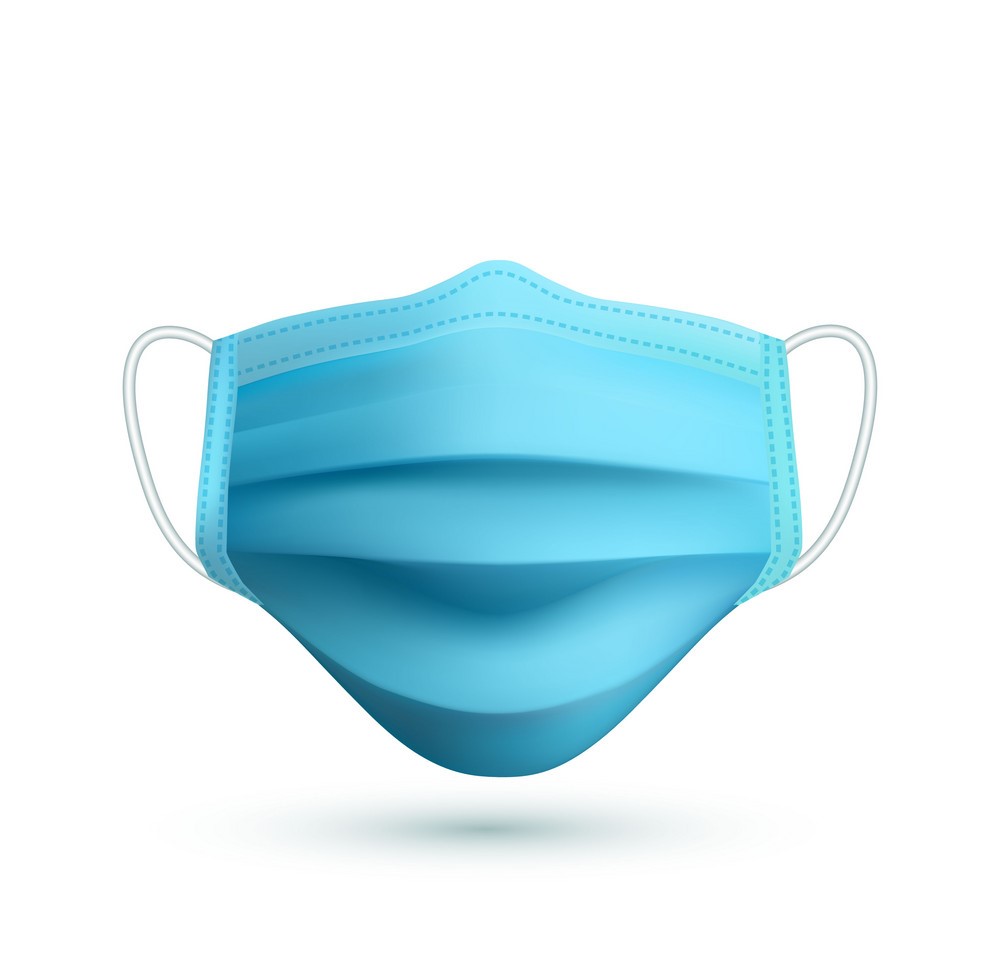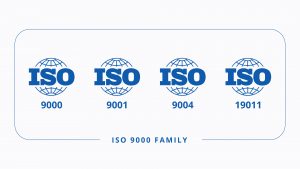All maintenance-free dust respirators that are placed on the European market must be approved according to the requirements of the European Personal Protective Equipment Directive REG. EC / 425 / 2016.

All maintenance-free dust respirators that are placed on the European market must be approved according to the requirements of the European Personal Protective Equipment Directive REG. EC / 425 / 2016.
EN 149:2001 and approval according to the PPE Directive.
The compliance of any type of device with the requirements of the PPE Directive is partly highlighted by testing the performance requirements of the device according to a relevant European Standard (if applicable).
EN 149:2001 ‘Respiratory protective devices – Filtering half masks to protect against particles – Requirements, testing, marking’ was the European Standard setting out performance requirements for maintenance-free breathing apparatus.
EN 149:2001 has been replaced by the updated version EN 149:2001+A1:2009 (EN 149+A1) since July 2009. Within 12 months from the publication of EN 149+A1, all respirators marketed shall be tested according to the requirements of the updated standard and then re-approved according to the European PPE Directive.
EN149+A1 has introduced two new classifications in relation to the use of the product.
Amendments introduced by EN 149:2001+A1:2009.
This new classification involves changes and new performance requirements. The tests introduced partly aim to give the user additional confidence in the effectiveness of the respirators, ensuring continued protection of the respiratory tract even in particularly demanding environments. In addition, for respirators classified according to the new rules as “reusable”, to be able to repeat cleaning, storage and reuse between shifts. The main innovations introduced are shown below:
1. Disposable devices (product classification and marking ‘NR’).
– Climatic conditioning under altered conditions prior to testing.
– New efficiency test – a long-term extension of the previous penetration test.
– Optional test related to clogging requirements (product classification and marking “D”).
– Example of marking: EN 149:2001+A1:2009 FFP2 NR D
2. Reusable devices (product classification and marking ‘R’
– Conditioning under altered conditions before testing.
– New cleaning and sanitation tests of the product before penetration tests.
– New efficiency test – a long-term extension of the previous penetration test.
– New 24-hour post-exposure storage test.
– New penetration test to be repeated after storage.
– Mandatory test related to clogging requirements (product classification and marking “D”).
– Example of marking: EN 149:2001+A1:2009 FFP3 R D
The marking on the product must remain EN149:2001, but it must contain information
if the product is disposable (NR) or reusable (R).
MEANING OF FFP PROTECTION CLASSES
Aerosols and fine dust particles are among the most sneaky health risks in the workplace, as they are almost invisible in the breathable air. Filtering half-masks against particles offer protection against these hazards. These are divided into three classes of protection: FFP1, FFP2 and FFP3.
Importance of respiratory protection
Some invisible particles can be carcinogenic or radioactive, others can damage the respiratory system even over decades and cause the long-term development of serious diseases. At best, workers only have to fight unpleasant odours. Respiratory masks, divided into three classes, protect against aerosols, smoke and watery and oily fine dust during work; their protective function is regulated at European level according to the previously mentioned EN 149. These are called “filtering half-masks against particles or fine dust masks” and are divided into protection classes:
FFP1



FFP2



FFP3



How does a filter mask work?
Filter masks protect against dust, fumes and mists of inhalable liquids (aerosols), but not against vapour and gas. The classification system is divided into three FFP classes, where FFP stands for “Filtering Face Piece”. A filter mask covers the nose and mouth and consists of several filter materials and the mask itself. These are prescribed in workplaces where the occupational exposure limit value (OEL) is exceeded. This indicates the maximum permissible concentration of dust, smoke and aerosols in the breathable air, which does not cause damage to health. When this value is exceeded, the use of filter masks becomes mandatory.
What are the filter masks protecting us from?
The protection classes FFP1, FFP2 and FFP3 offer, depending on the total loss and filtration of particles up to 0.6 μm in size, respiratory protection for different concentrations of harmful substances. The total loss is due to filter penetration and leakage defects on the face and nose, which uvex filter masks avoid as much as possible due to their orientation to the human anatomy. Thanks to the innovative filter technology, breathing resistance also remains low and breathing is not hindered by particles captured in the filter, even when the filter mask is used repeatedly.




